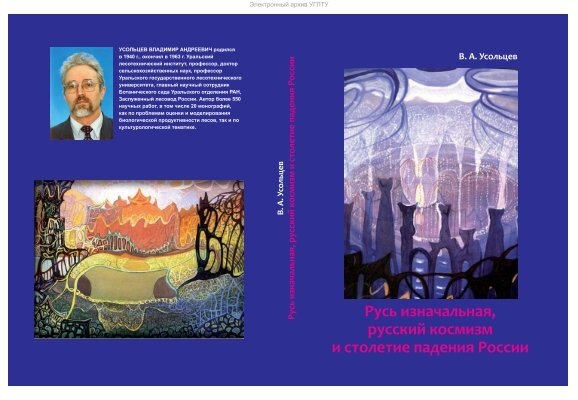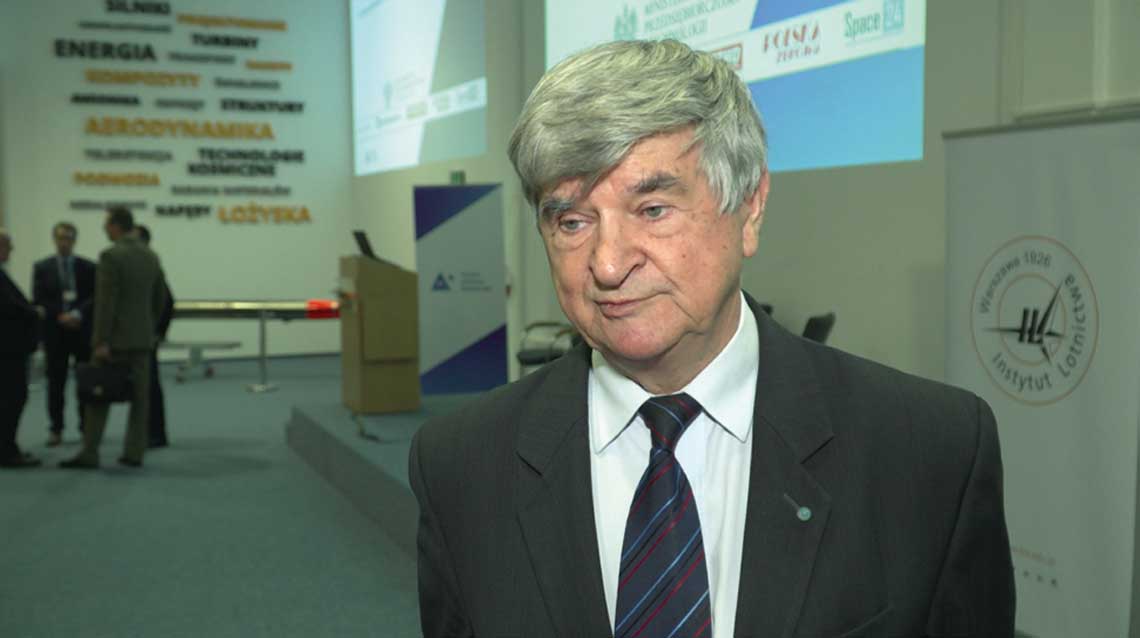
Space activities of Professor Peter Volansky

The professor was a co-organizer of the new direction "Aviation and Cosmonautics" at the Warsaw University of Technology. He initiated the teaching of astronautics and oversees the activities of students in this field.
The list of Professor Wolanski's accomplishments is long: inventions, patents, research, projects with students. He travels all over the world giving lectures and lectures and still receives many interesting proposals in the framework of international cooperation. For many years the professor was a mentor to a group of students from the Warsaw University of Technology who built the first Polish student satellite PW-Sat. He carries out many international projects related to the creation of jet engines, is an expert of world institutions involved in the study and use of space.
Professor Piotr Wolanski was born on August 16, 1942 in Miłówka, Zywiec region. In the sixth grade of elementary school at the Raduga cinema in Miłówka, while watching Kronika Filmowa, he saw the launch of the American Aerobee research rocket. This event made such a huge impression on him that he became an enthusiast of rocket and space technology. The launch of the first artificial satellite of the Earth, Sputnik-1 (launched into orbit by the USSR on October 4, 1957), only strengthened his faith.
After the launch of the first and second satellites, the editors of the weekly magazine for schoolchildren "Svyat Mlody" announced a nationwide competition on space topics: "Astroexpedition". In this competition, he took 3rd place and as a reward he went to a month-long pioneer camp in Golden Sands near Varna, Bulgaria.
In 1960, he became a student at the Faculty of Energy and Aviation Engineering (MEiL) at the Warsaw University of Technology. After three years of study, he chose the specialization "Aircraft Engines" and graduated in 1966 with a master's degree in engineering, specializing in "Mechanics".
The topic of his thesis was the development of an anti-tank guided missile. As part of his thesis, he wanted to design a space rocket, but Dr. Tadeusz Litwin, who was in charge, disagreed, stating that such a rocket would not fit on a drawing board. Since the defense of the thesis went very well, Piotr Wolanski immediately received an offer to stay at the Warsaw University of Technology, which he accepted with great satisfaction.
Already in his first year, he entered the Warsaw branch of the Polish Astronautical Society (PTA). This branch organized monthly meetings in the cinema hall "Museum of Technology". He quickly became involved in the society's activities, initially presenting "Space News" at monthly meetings. Soon he became a member of the Board of the Warsaw Branch, then Vice Secretary, Secretary, Vice President and President of the Warsaw Branch.
During his studies, he had the opportunity to participate in the Astronautical Congress of the International Astronautical Federation (IAF) organized in Warsaw in 1964. It was during this congress that he first came into contact with real world science and technology and met the people who created these extraordinary events.
In the 70s, professors were often invited to Polish Radio to comment on the most important space events, such as the flights to the Moon under the Apollo program and then the Soyuz-Apollo flight. After the Soyuz-Apollo flight, the Technical Museum hosted a special exhibition dedicated to space, the theme of which was this flight. He then became the curator of this exhibition.
In the mid-70s, Professor Piotr Wolanski developed the hypothesis of the formation of continents as a result of a collision of very large asteroids with the Earth in the distant past, as well as the hypothesis of the formation of the Moon as a result of a similar collision. His hypothesis about the extinction of giant reptiles (dinosaurs) and many other catastrophic events in the history of the Earth is based on the assertion that this happened as a result of collisions with the Earth of large space objects such as asteroids or comets. This was proposed by him long before the recognition of Alvarez's theory of the extinction of dinosaurs. Today, these scenarios are widely accepted by scientists, but then he did not have time to publish his work in either Nature or Science, only Advances in Astronautics and the scientific journal Geophysics.
When fast computers became available in Poland together with prof. Karol Jachem of the Military University of Technology in Warsaw performed numerical calculations of this type of collision, and in 1994 he received his M.Sc. Maciej Mroczkowski (currently President of the PTA) completed his Ph.D. thesis on this topic, entitled "Theoretical Analysis of the Dynamic Effects of Large Asteroid Collision with Planetary Bodies".
In the second half of the 70s he was asked by Colonel V. prof. Stanislav Baransky, commander of the Military Institute of Aviation Medicine (WIML) in Warsaw, to organize a series of lectures for a group of pilots from which candidates for space flights were to be selected. The group initially consisted of about 30 people. After the lectures, the top five remained, of which two were finally selected: Major. Miroslav Germashevsky and Lieutenant Zenon Yankovsky. The historical flight of M. Germashevsky into space took place on June 27 - July 5, 1978.
When Colonel Miroslav Germaszewski became president of the Polish Astronautical Society in the 80s, Piotr Wolanski was elected as his deputy. After the termination of the powers of General Germashevsky, he became president of the PTA. He held this position from 1990 to 1994 and has served as honorary president of the PTA ever since. The Polish Astronautical Society published two periodicals: the popular science Astronautics and the scientific quarterly Achievements in Cosmonautics. For a long time he was the chief editor of the latter.
In 1994, he organized the first conference "Directions in the Development of Space Propulsion", and the proceedings of this conference were published for several years in "Postamps of Astronautics". Despite the various problems that arose at that time, the conference has survived to this day and has become a platform for meetings and exchange of opinions of specialists from many countries of the world. This year, the XNUMXth conference on this topic will take place, this time at the Aviation Institute in Warsaw.
In 1995, he was elected a member of the Committee for Space and Satellite Research (KBKiS) of the Polish Academy of Sciences, and four years later he was appointed Vice-Chairman of this Committee. He was elected Chairman of the Committee in March 2003 and held this position for four consecutive terms, until March 22, 2019. In recognition of his services, he was unanimously elected Honorary Chairman of this Committee.
